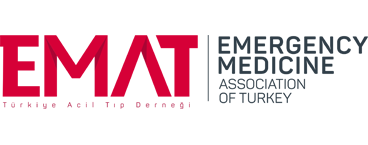Cut-off points for screening at-risk drinking by AUDIT-C Korean version at emergency department Author links open overlay panel
Kyung Wan Lee1, Yoon Hee Choi2, Jae Hee Lee3
1Department of Emergency Medicine, Nowon Eulji Medical Center, Seoul, South Korea
2Department of Emergency Medicine, College of Medicine, Ewha Womans University, Seoul, South Korea
3Department of Emergency Medicine, Ewha Womans University Mokdong Hospital, Seoul, South Korea
Keywords: Alcohol drinkingMass screeningSubstance abuse detectionSubstance abuse detection
Abstract
Purpose: To reduce problems caused by alcohol drinking, it is necessary to identify those with ‘at-risk drinking’ behavior to maximize therapeutic access or intervention. To this end, we sought to determine the cut-off point for screening of at-risk drinking by the Korean version of the AUDIT-C (Alcohol Use Disorder Identification Test-Consumption).
Materials and methods: We obtained data from the scientific research project of “the supervision of the Korea Center for Disease Control and Prevention (KCDCP)” in 2010. Injured patients over an 18-year-of age who visited an emergency department of an academic tertiary hospital from May to September 2010 were recruited to perform the AUDIT. The total number of patients who underwent the screening test was 640, 12.7% of the entire patients studied. Among them, 375 patients (58.4%) were men, and 265 patients (41.4%) were women. At-risk drinking was diagnosed based on the AUDIT total score and the cut-off points of the AUDIT-C were determined.
Results: Cut-off points were 5 for men [Area Under the Receiver Operation Characteristic (AUROC) 0.956], 4 for women (AUROC 0.966), and 4 in elders >65-year-of age (AUROC 0.972).
Conclusion: This study is the first research about the cut-off points of Korean version of AUDIT-C for patients including women and elders to screen for at-risk drinking in South Korea. AUDIT-C is a useful and accurate tool to screen patients for at-risk drinking.

